Content
Avocado grows in regions with warm climates. Belongs to the genus Perseus, Lavrov family. The well-known laurel is also one of them. More than 600 varieties of avocados are known. Other names of the plant: “American Persia”, “Oil of Midshipmen”, “Agacat”, “Aguacate”. The people have an even stranger name - “Alligator pear”. After all, the fruit has an elongated, pear-shaped shape and is covered with a rough, green skin, resembling crocodile skin in appearance.
Avocados are valuable for cooking, cosmetology, and perfumery. Fruits contain amino acids, fiber, iron, phosphorus, and calcium. According to doctors, the exotic fruit is useful for indigestion, cardiovascular diseases, and oncology.
What does an avocado plant look like?
Avocado is an evergreen fruit tree. Has a wide crown. It grows in height from 6 to 18 m. The trunk is straight, 30-60 cm in diameter, branched towards the top. The foliage is lanceolate, elliptical, leathery. The edges are pointed. The leaf blade is shiny. The upper side is dark green, the lower side is whitish. Length – 35 cm. The leaves are saturated with essential oils and contain toxic substances. The green part of Mexican varieties smells like anise.For a short time, the avocado sheds its leaves, but the vegetative process does not stop, the tree continues to grow. This is affected by weather conditions.
Avocado flowers are inconspicuous, small, bisexual. The color of the petals is light green or pale yellow. Inflorescences are collected in panicles. Flowering is usually abundant, but the ovaries are solitary. This is explained by the complex process of pollination. To obtain a harvest, several types of avocados must grow in one area at once. But so that the flowering periods during growth do not overlap.
The fruits are pear-shaped, oval or almost round. There is a neck. Avocado grows 8-33 cm in length, up to 15 cm in width. The weight of one fruit, depending on the variety, varies from 50 g to 2 kg. The skin is dense. The color can be dark green, purple, yellow-green. Beneath it is edible pulp. The consistency is oily, the color is bright green, the structure is soft. The pulp has a rich walnut aroma. In the center of the fruit there is a large seed, oval in shape and 5-6 cm long. The seed is hard, the shell is brown.
How does avocado grow in nature?
The avocado tree easily adapts to weather conditions and location. However, there are differences between the varieties:
- West Indian grows in a tropical climate, prefers humid and hot atmospheric conditions, especially during the period of fruit formation and flowering;
- Guatemalan varieties grow in mountainous areas, they are more resistant to negative factors and climate change;
- Mexican avocados can tolerate even minor frosts - 4-6 °C. They grow quickly, but the fruit size is small.
In nature, the avocado tree grows well on red clay, limestone, and volcanic loam. The main thing is the presence of drainage. The tree will not survive on excessively moist soil or areas of flooding, even temporary. Groundwater should be 9 m below the surface, then the root system develops fully. The less mineral salts in the water, the higher the yield of the tree. The pH value does not matter. The soil must be loose, with full access to oxygen.
The tree grows in shady areas without any problems. Fruiting is possible only in open areas with intensive installation. In dry air, the pollination process is disrupted, which directly affects crop yields. Avocados do not grow well in areas exposed to cold winds.
In which countries does avocado grow?
Botanists believe that the culture could have grown even among the ancient Greeks. The first mentions of it appeared in 1518-1520. Sailors compared the fruit to a peeled chestnut. It is difficult to accurately determine the country of origin of an avocado tree. Presumably it comes from the territory of modern Mexico. The Aztecs had an integral part of their national cuisine.
Israel can be considered a second homeland. There, avocados grew en masse, so local residents began selling the fruit. It is known that sailors brought fruits from the American continent to Indonesia, then to Brazil, and after a couple of centuries to Australia and Africa. European countries became interested in exotic culture only in the 19th century.
Natural habitat - tropics and subtropics.The avocado tree grows in Southeast Asia, the Philippines, Peru, Australia, Malaysia, Chile, and the USA. New Zealand, the countries of Central America, the Caribbean, and Spain are no exception. Different species grow in each region. Avocados are grown in industrial quantities in Mexico. It is Mexican fruits that can be bought throughout the year in Europe.
Do avocados grow in Russia?
During the summer season, avocados are also grown in Russia. However, exclusively on the Black Sea shores.
It is worth noting that Mexican varieties are suitable for temperate climates. There is no chance of getting the West Indian variety in Russia. Only if the tree grows in a year-round heated greenhouse. Which method to choose: planting a plant in open ground or growing it in a container is determined depending on the weather conditions of a particular region.
If in winter the temperature drops below - 5-7 ° C, containers must be used. When it gets colder, they are brought into greenhouses or warm rooms and further cultivation continues. In this case, it is worth breeding dwarf varieties or you will have to systematically prune the tree. The tree grows rapidly, so it is recommended to choose large containers or containers with wheels. Then it can be moved freely and taken out to open areas in the warm season.
The growing shoots of a young tree are quite fragile, so appropriate support is needed. This support will save the plant from deformation. In nature, the Mexican avocado variety grows in the shape of a cone.Trimming is done to give a rounded contour to the crown. However, once the avocado tree matures, pruning is no longer necessary.
During drought periods, soil condition monitoring is necessary. If the soil at a depth of 25 cm is dry and crumbling, then it is necessary to water immediately. When there is sufficient rainfall, there is no need to specifically moisturize.
It is recommended to feed avocados once every 3-4 months. Mineral fertilizers or special complexes are optimal for feeding exotic species. Mature trees need a moderate amount of nitrogen applied in late winter or early summer to thrive.
There are amateur gardeners who are able to grow a whole tree from a seed. Good results are shown by seeds from purchased fruits. Just first make sure that the fruit is completely ripe. Avocado grows quickly, but does not tolerate transplantation well. Therefore, it is advisable to immediately select a large pot for planting.
Before the first frost, the fruits must be picked, regardless of the degree of ripeness. When overcooled, they will certainly turn black and become unfit for consumption. In the greenhouse, you need to create favorable temperature and humidity parameters so that the tree continues to grow. You can cover the trunk with foam rubber or other insulation. Young crops growing outdoors must be wrapped in heat-retaining materials.
Avocado ripening season
The fruit ripening period is 6-18 months. This long period depends on the variety and climatic conditions of the area where the avocado grows.For example, Mexican varieties only need six months to ripen, while Guatemalan fruits take a long time to grow and are fully ready only 17-18 months after pollination. The tree blooms all year round on any continent. In Thailand, avocado season begins in September-October. It is believed that the most delicious exotic fruits ripen from August to April.
Interestingly, the fruits continue to grow on the branches and gain volume even after full ripening. And purple avocados acquire a juicy color long before they reach maturity. Final ripening does not occur until the exotic fruit is attached to the stalk, so it continues to grow. Fruit ripening will occur at room temperature for another 10-14 days after harvest.
California fruit grows and is sold year-round, while Florida fruit is marketed from fall through spring. Guatemalan avocados can be stored at a temperature of + 5-7 ° C for up to one and a half months. Transportation of fruits is carried out at a temperature of + 4 ° C.
For commercial sale, hard fruits are chosen. Mexican varieties of avocados, on the other hand, require immediate sale because they lose color. Israeli avocados stop growing by November. It is during this period that the bulk enters the Russian market.
Often unripe fruit is sold on Thai stalls. It is firm to the touch, with dense flesh, and the taste is reminiscent of green melon. Such a product needs to be matured. The ripeness of a fruit is determined by the condition of the stalk. In a finished avocado, it stops growing and falls off, and the area underneath becomes a little darker. To speed up the process, the fruits are placed in the same bag with bananas or apples. To keep it fresh longer, sprinkle the pulp along the cut plane with lemon or lime juice.Ripe avocado tastes like pureed green herbs with butter and a slight hint of walnut. The fruits are used to prepare fresh salads and sauces
Conclusion
Avocado grows on a tall evergreen tree. The fruit has a large seed inside. It is considered a fruit, but chemical analysis shows that the exotic product is more similar to vegetables. The sugar content in the pulp is extremely low, but the energy value is high. Does not cause any strong flavors. Avocado prefers to grow wild in tropical and subtropical climates. The main plantations are located in Indonesia. The climatic conditions of Russia do not allow trees to grow and, accordingly, avocados to be grown on an industrial scale, so the fruit is supplied from abroad.
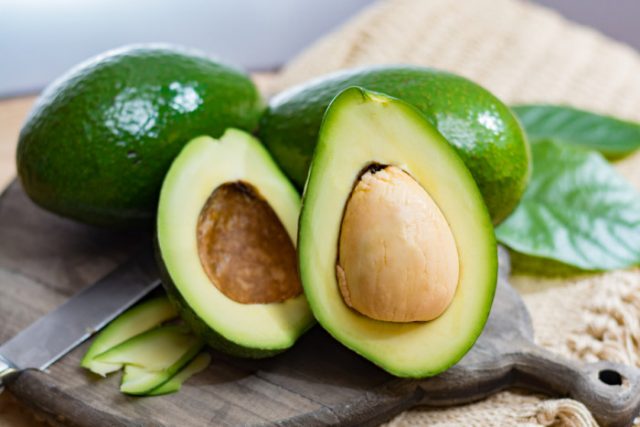
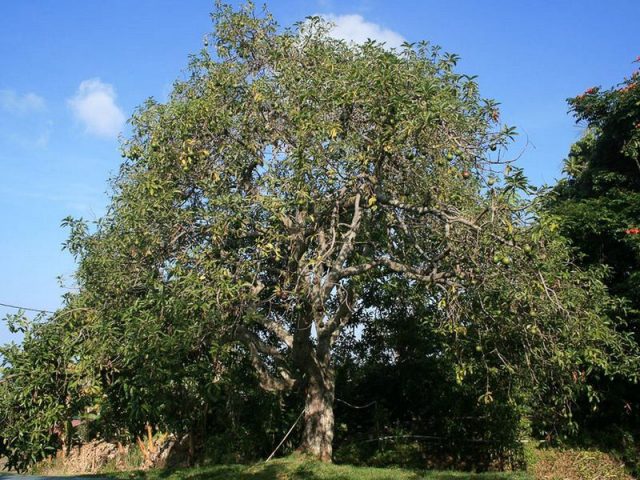
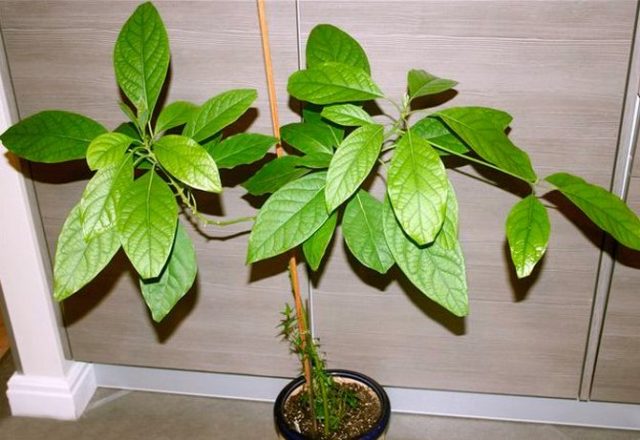
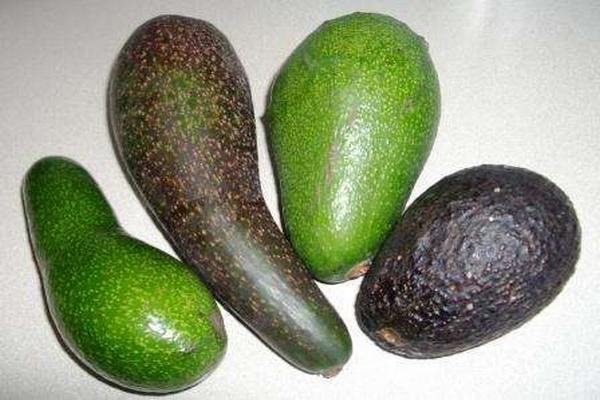
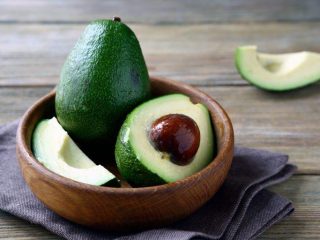
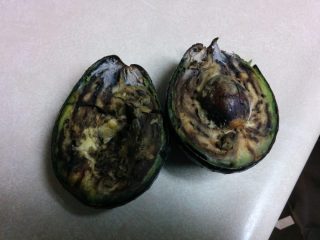

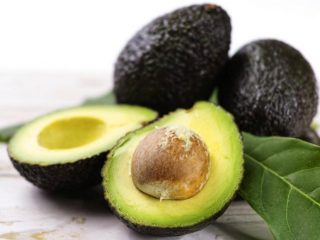
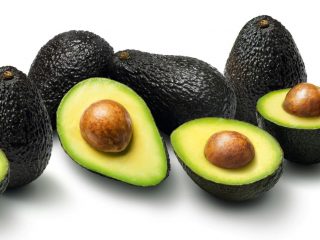

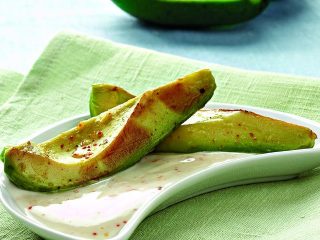

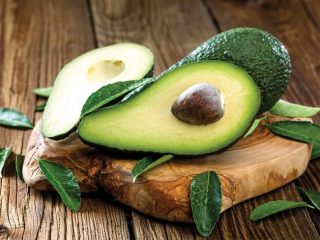
I am researching the properties of avocados (fruits, leaves, roots, branches), the most
It’s interesting to be in the biofield of a tree….this is where miracles begin.